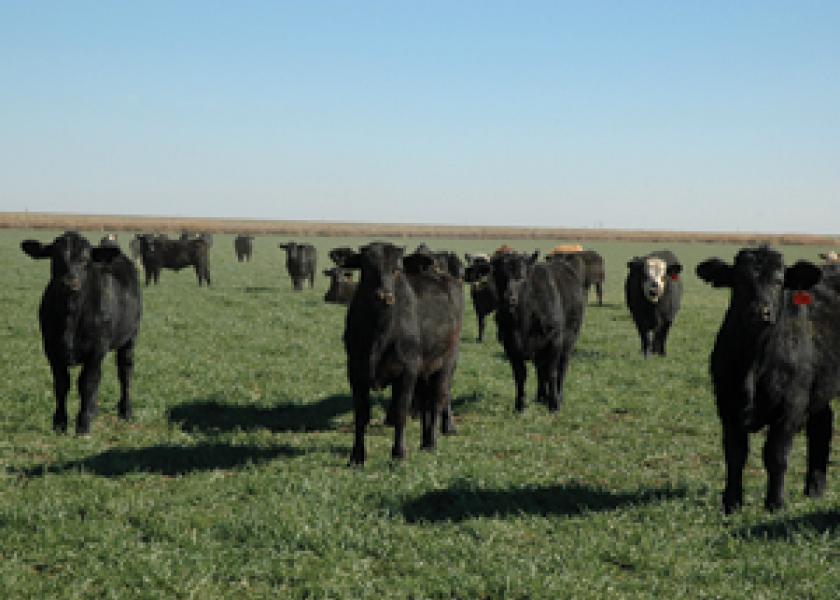How Does Extended Wheat Stocker Grazing Impact Economic Returns?

With hay supplies extraordinarily tight in Oklahoma and winter still here, both wheat stocker producers and cow-calf producers are looking for forage sources to get by until stockers are sold or grass greens up for grazing. One temptation is to continue grazing dual-purpose wheat later than is recommended by Oklahoma Cooperative Extension Service specialists. This is a temptation to be resisted!
Past research demonstrates significant economic losses from grazing winter wheat past the physiological growth phase called first hollow stem. Depending on weather and location, first hollow stem usually appears around March 1 but in warm winters it occurs in February. Research by Fieser and others reported a 1% loss in wheat grain yield from grazing just one day past first hollow stem. Even at that seemingly harmless loss, an analysis by DeVuyst and others show net losses of about $1 per acre including both cattle gain and wheat grain loss.
However, the Fieser research evaluated losses on stockpiled wheat forage, a rather uncommon management practice in Oklahoma. Alternatively, research by Redmon and others evaluated losses from more conventionally managed wheat grazing. Their results show a 5% average loss in wheat grain yield from just one day of extended grazing. In the report by DeVuyst and others that equates to over $11 per acre in lost net returns after considering the value of cattle gains and wheat grain losses.
Grazing for seven days past first hollow stem has substantially worse economic outcomes. Grain yield reductions range from 6% (Fieser et al.) to 33% (Redmon et al.). Using these estimates of grain yield loss, DeVuyst et al. report economic losses ranging from almost $4 to $75 per acre. Taylor et al. combined the two datasets and report wheat grain loss of 18% with a resulting economic loss of $35 per acre (DeVuyst et al.).
Regardless of prior management, the data clearly show that grazing past first hollow set is not economically advisable in dual purpose wheat systems. Added cattle gains do not justify lost wheat grain yield. Producers are encouraged to check wheat frequently as temperatures warm and wheat is actively growing to avoid grazing past the first hollow stem.







